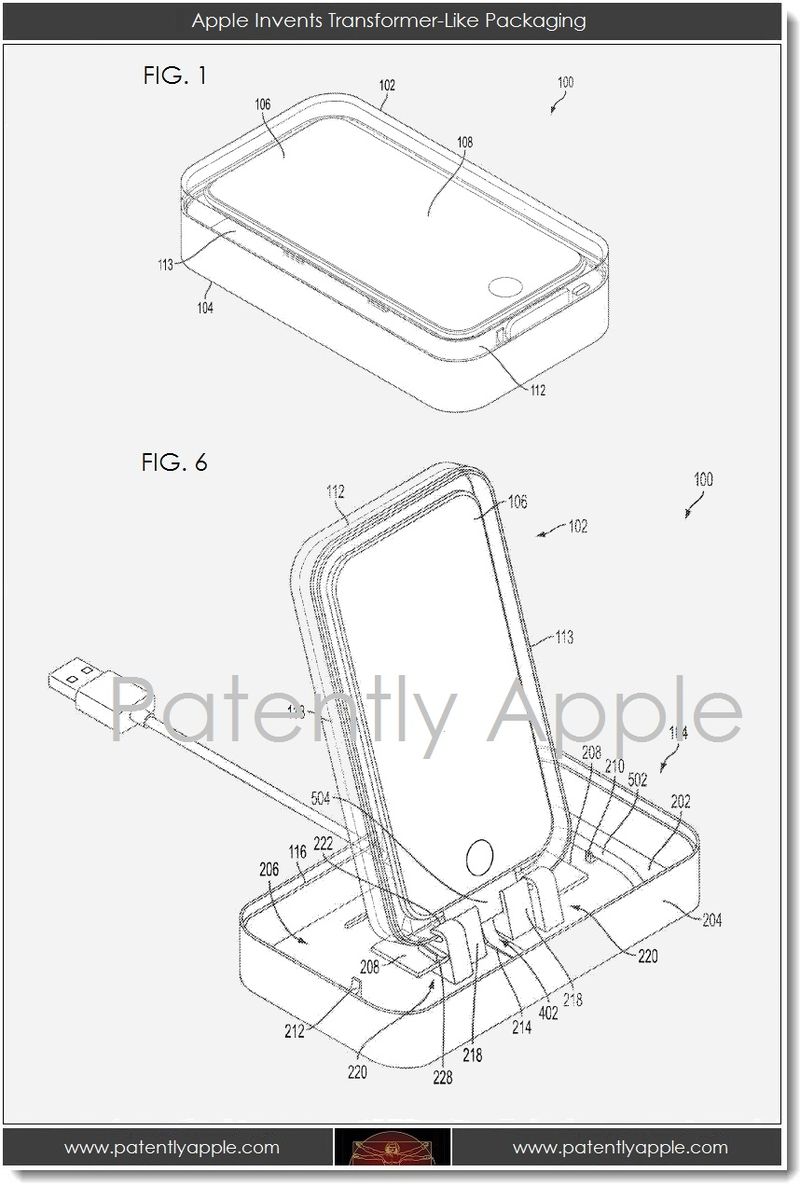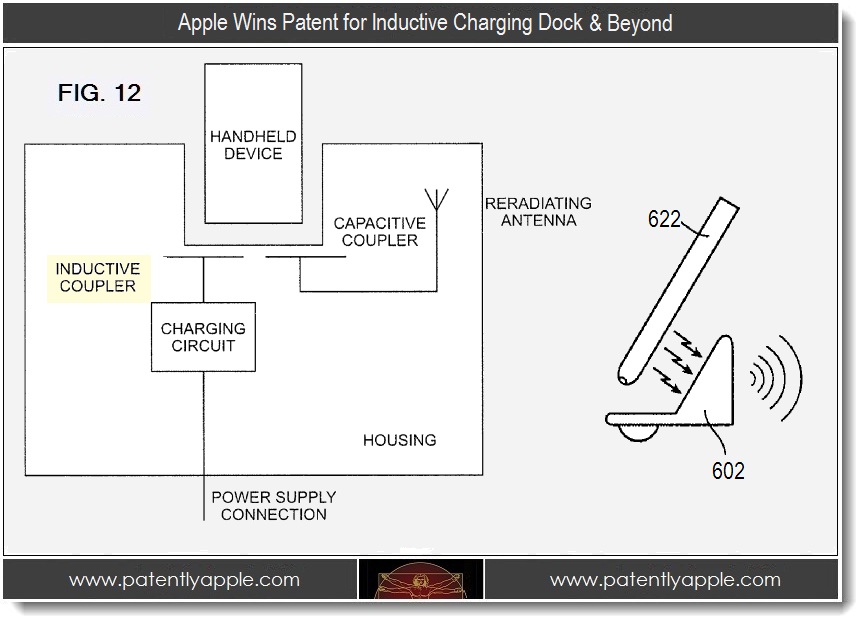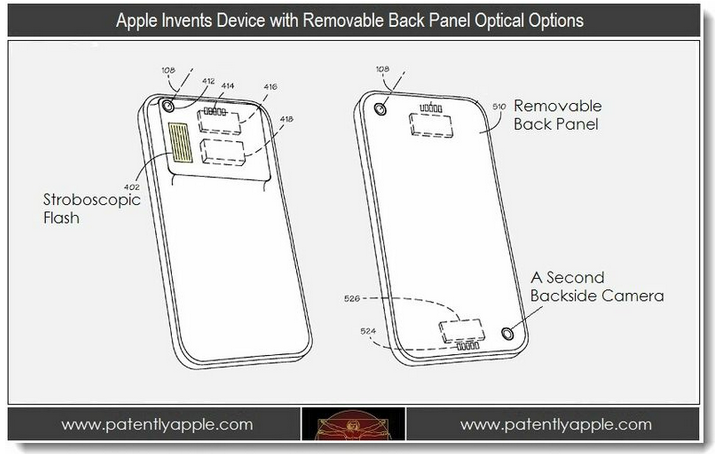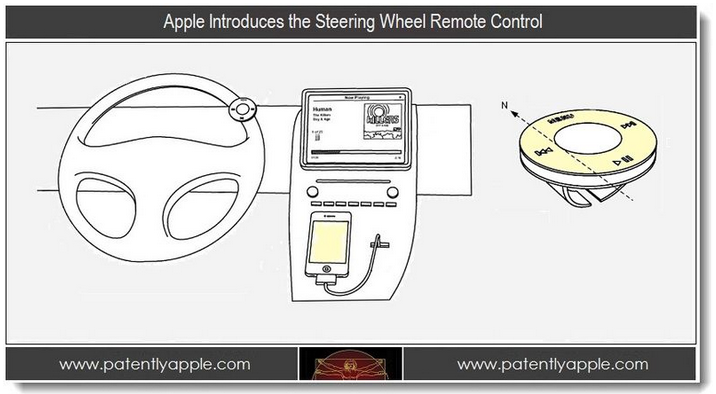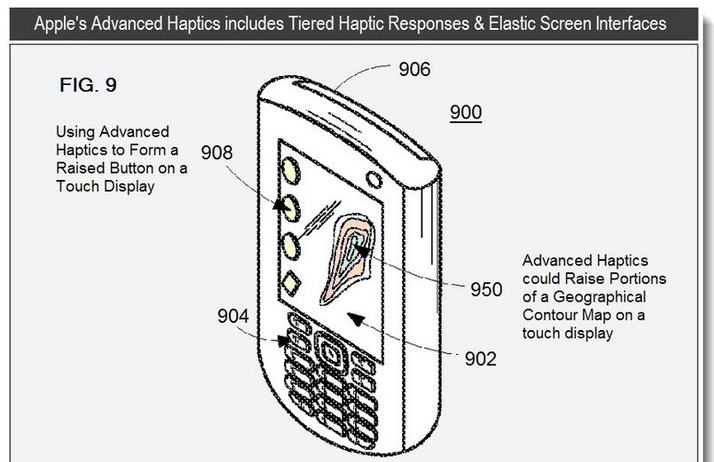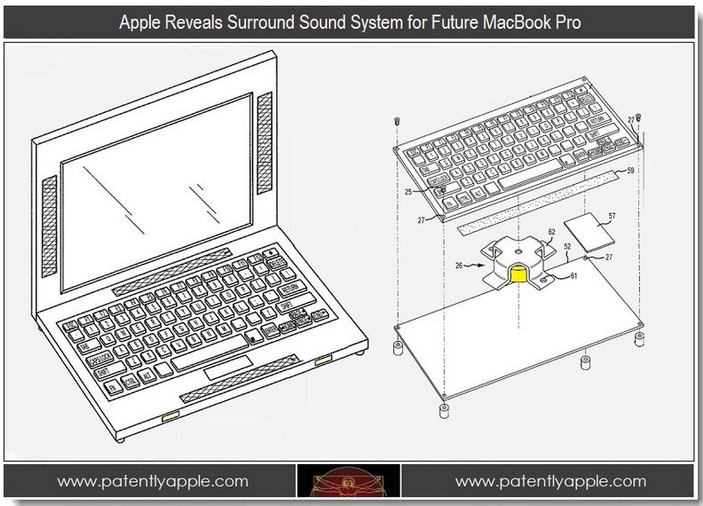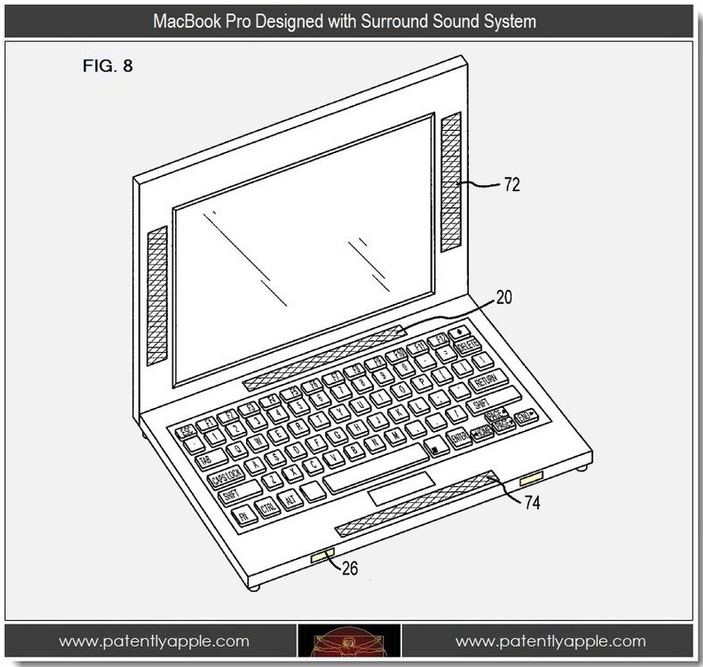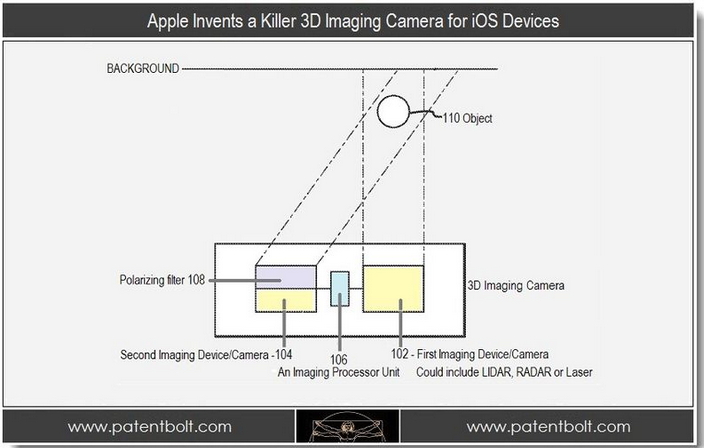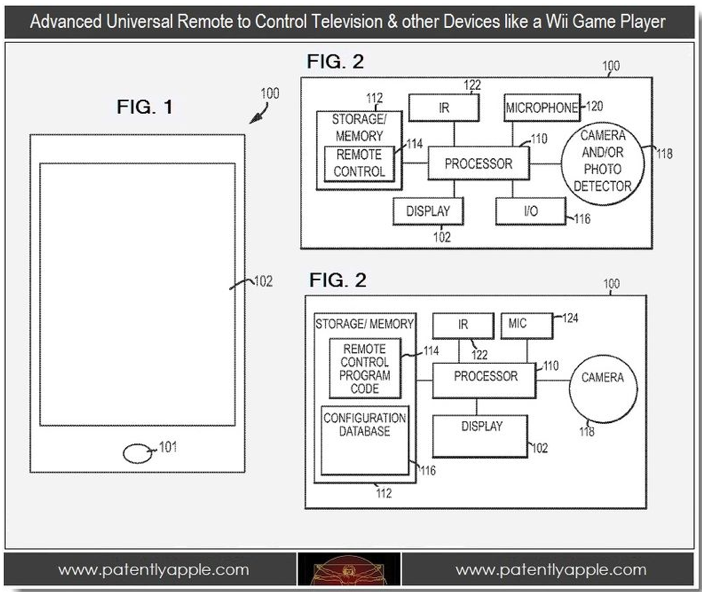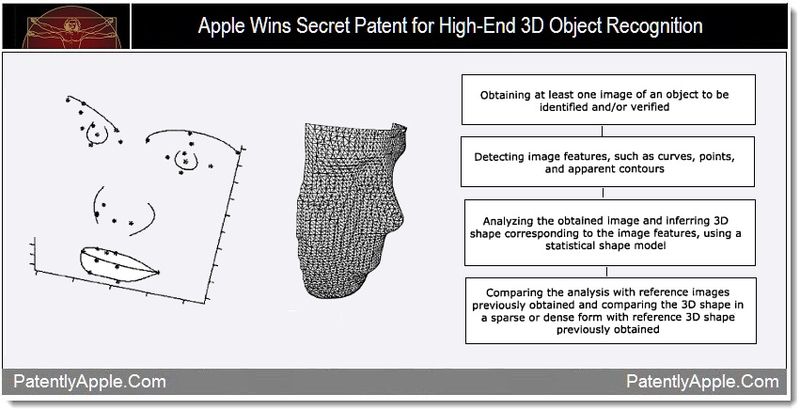Apple invents advanced presence detection system with intelligent zooming and more

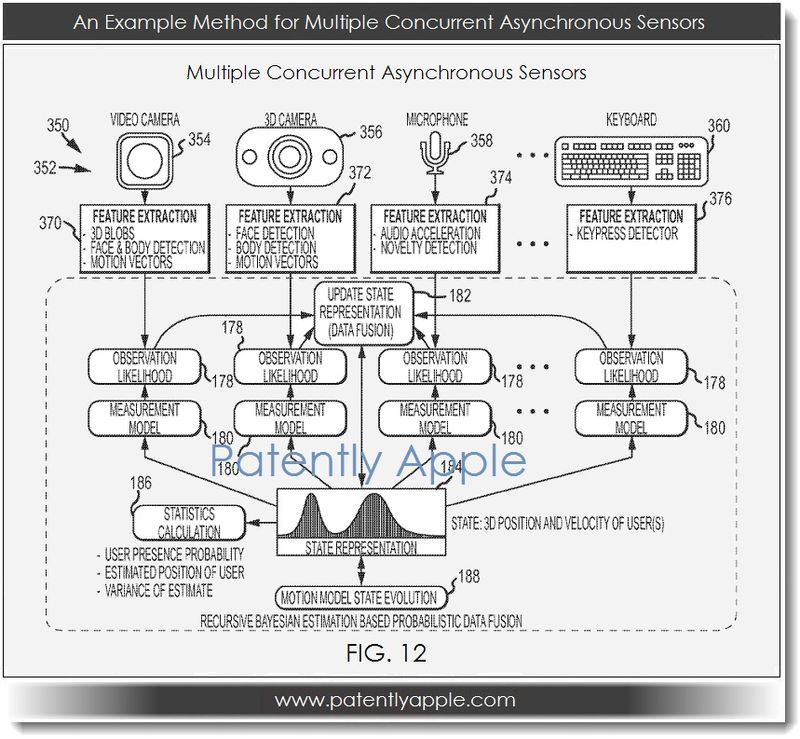
The U.S. Patent and Trademark Office published a patent application from Apple today that covers various methods of detecting a user’s presence and augmenting the user experience accordingly. Apple has covered face recognition and presence detection systems in various patent applications in the past, notably for multi-user logins, security features, and an Android-like face unlock feature. Today’s patent application covers even more implementations of Apple’s presence detection technology that would utilize ultrasonic sensors, microwave radar, and camera and audio systems to detect and identify the user. PatentlyApple covered the highlights of the patent including the ability to activate or augment features using presence detection:
In some embodiments, the device may also be configured to track the user movements (e.g., position and velocity) and, in response to certain movements, provide feedback and/or enter or change a state of operation. For example, movement toward the device may activate more features, such as providing more options/menus in a user interface, whereas movement away from the device may reduce the number of features available to a user, such as reducing the number of menus/options and/or reducing or increasing the size of the options displayed.
PatentlyApple also described another interesting possible implementation that would allow for intelligent zooming based on the movement of the user:
Expand
Expanding
Close
